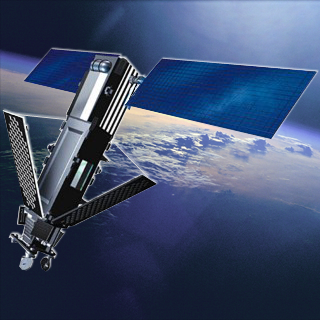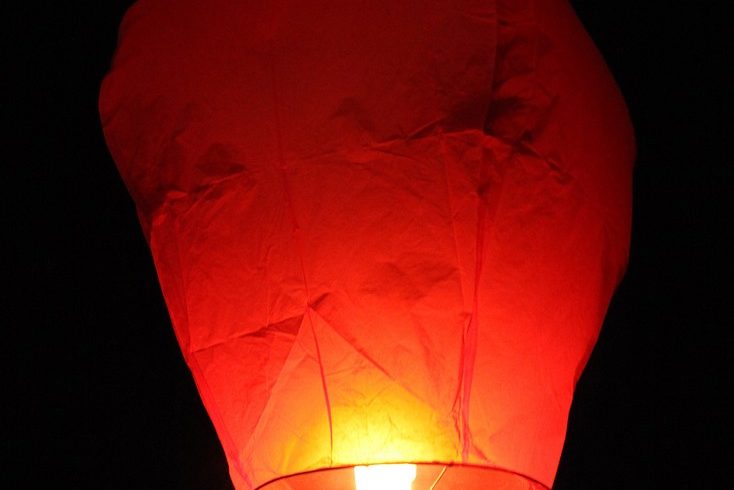Following up on my article about How to identify a Chinese Lantern, I thought I’d briefly discuss another common sighting that is often misidentified, and those are of Iridium Flares, also known as Satellite Flares. I’ve seen a few of these now, on clear starry nights, and they have very consistent and identifiable characteristics.
An Iridium flare is caused when the solar panels/antenna on one of the many orbiting satellites reflects light from the sun down toward the surface of the planet, causing the normally small satellite appear as a larger, more intense flare of light. The name “Iridium” comes from the Iridium communication satellites, which are of a particular design that causes them to reflect light down more often than other Satellite designs. Most satellites can be seen with the naked eye on a clear night, they normally appear as small dim star-like moving dots, going straight across the sky. The movement of these satellites (and whether they will flare) can be predicted, and there are many websites (and in some cases apps) that will show you where in the sky you’ll find a satellite, and whether it will flare. Some satellites however may not be shown via these services, such as, any secret military satellites that there may or may not be.
When I first saw one of these Iridium Flares myself, I was confused and a little startled, I was out walking my dog Jojo late at night, and was staring up at the bright starlight sky as I went. I spotted something moving, a small dot, the same size as the surrounding stars, only moving in a straight path. Suddenly as I watched it, it appeared to rapidly descend toward me, as though it had noticed it was being watched, and had decided to come down and say hello. It was not until after the sighting that I found out what had caused it, and now every starry night since, I’ve been out looking to see more.
Heres a short animation that displays how a typical Iridium Flare appears, note that the speed and intensity of the flare can vary a little from the below example, but the overall pattern would stay the same.

So, again following on from my Chinese Lantern article, here’s a short check-list to see if a sighting is of an Iridium Flare
Did it follow a straight consistent path across the sky?
The satellite is in orbit of the planet, its movement will always be straight and consistent across the sky.
Did it initially start out as a small star-like dot?
A travelling satellite normally appears as a small dim star-like dot. The ISS space station can be seen from some parts of the world, and would seem initially larger.
Did it increase in size/brightness to become a bright orb in the sky?
When light catches the solar panels/antenna at the right angle, and reflects down toward the ground, it causes the light coming from the satellite to brighten, which in turn makes it seem larger.
Was the object white in colouration?
In dim lighting conditions, the naked eye sees distant light as being white, this is why stars and the planets seem white when you see them in the sky. For the same reasons, satellites will always appear white from the naked eye.



Last night (20190907 21:34:41) in the North California sky near Polaris I captured with my camera an Iridium Flare. How can I identify what satellite I was seeing, I know that this was not the ISS since that is currently crossing the Southern Hemisphere?
It’s going to be difficult to find the exact satellite, but if you want to try, you’ll need to find a good app to help you track which satellites were overhead.
Orbitrack for iOS comes highly recommended. You can find some similar apps on Android, though less well supported.
Even with these apps, they don’t usually let you backtrack historically, so your best bet is to try to use one such app as close to the time you spotted the satellite as possible.